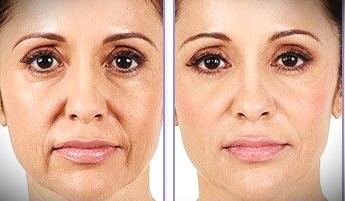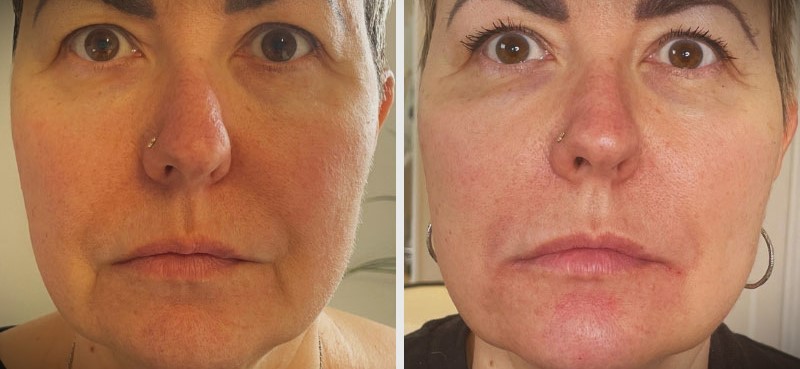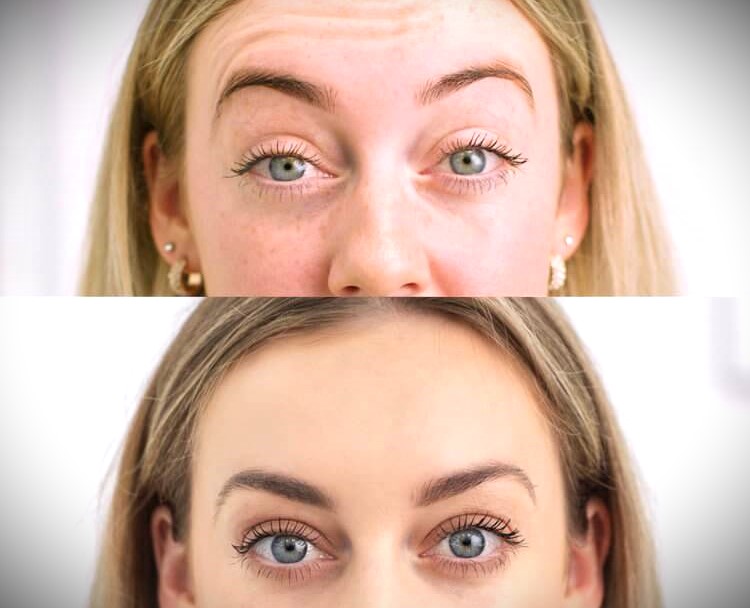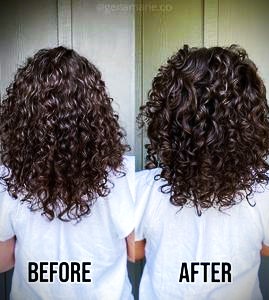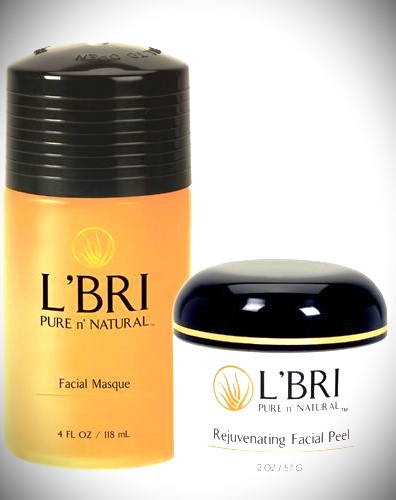Choosing the Right Back Brace: A Comprehensive Guide for Degenerative Disc Disease
https://icdrc.org/wp-content/uploads/2024/02/Back_Brace-1003x1024.jpg 1003 1024 admin admin https://secure.gravatar.com/avatar/693ccb227eb6527287caaa4e9eb13c6e?s=96&d=mm&r=gI. Introduction
Degenerative Disc Disease (DDD) brace is a prevalent spinal condition that affects a significant portion of the population, particularly as individuals age. Contrary to its name, DDD is not necessarily a disease but rather a natural part of the aging process. The intervertebral discs, which act as cushions between the vertebrae, gradually wear down over time, leading to discomfort and pain. This condition often manifests in the lumbar or lower spine and the cervical or neck region.
The Importance of Back Braces for DDD cannot be overstated, as these devices play a crucial role in providing support, stability, and relief for individuals grappling with the challenges posed by degenerative disc changes. Back braces are designed to alleviate pressure on the affected discs, promote proper spinal alignment, and reduce muscle strain. They serve as non-invasive interventions that aid in managing symptoms, enhancing mobility, and improving the overall quality of life for individuals dealing with DDD.
In this comprehensive guide, we will delve into the Overview of Best Back Braces for Degenerative Disc Disease. With numerous options available in the market, understanding the specific features and functionalities of these braces becomes essential. The selection process involves considering factors such as adjustability, material, compression, and durability. By exploring the top-rated back braces, individuals can make informed choices tailored to their unique needs and preferences.
II. Understanding Degenerative Disc Disease
A. Causes and Risk Factors
Degenerative Disc Disease arises from a combination of factors, including the natural aging process, genetic predisposition, and lifestyle choices. As discs lose water content and elasticity over time, they become more susceptible to degeneration. Certain risk factors, such as smoking, obesity, and physical inactivity, can exacerbate the progression of DDD. Understanding these causes and risk factors is crucial for implementing preventive measures and adopting a lifestyle that minimizes the impact of degenerative changes on the spine.
B. Symptoms of DDD
The Symptoms of Degenerative Disc Disease can vary widely among individuals. Common signs include persistent back or neck pain, stiffness, and discomfort that may radiate to other areas, such as the buttocks or legs. Individuals with DDD may also experience numbness, tingling sensations, or weakness in the extremities. Recognizing these symptoms is essential for timely intervention and management of the condition.
C. Diagnosis and Treatment Options
Diagnosing Degenerative Disc Disease involves a thorough medical history review, physical examination, and imaging studies such as X-rays or magnetic resonance imaging (MRI). Once diagnosed, various Treatment Options are available, ranging from conservative approaches like physical therapy, medications, and lifestyle modifications to more invasive interventions like surgery in severe cases. A multidisciplinary approach, often involving collaboration with orthopedic specialists or physiotherapists, is key to developing an effective treatment plan tailored to the individual’s needs and the severity of their condition.
III. Types of Back Braces
Back braces come in various types, each designed to address specific spinal conditions and provide targeted support. Understanding the distinctions between these types is crucial for individuals seeking relief from Degenerative Disc Disease (DDD). In this section, we will explore Lumbar Support Braces, Thoracic Support Braces, and Full Back Braces, examining their features, benefits, and considerations for DDD patients.
A. Lumbar Support Braces
Features and Design
Lumbar Support Braces are specifically engineered to target the lower back region, providing stabilization and support to the lumbar spine. These braces typically feature a wrap-around design, with adjustable straps or closures, allowing for a customized and snug fit. The materials used in lumbar support braces are often breathable and lightweight, ensuring comfort during prolonged wear. Some designs may include additional support structures, such as built-in stays or reinforced panels.
Benefits for DDD
The unique design of Lumbar Support Braces serves to alleviate pressure on the lumbar discs, promoting proper spinal alignment. These braces offer targeted compression to the lower back, reducing muscle strain and enhancing overall comfort. By providing external support to the weakened or degenerated discs, lumbar support braces can contribute to pain relief, improved posture, and increased mobility for individuals with DDD.
B. Thoracic Support Braces
Functionality and Structure
Thoracic Support Braces are designed to target the mid to upper back region, offering support to the thoracic spine. These braces typically feature a more rigid structure compared to lumbar support braces, with additional components like shoulder straps and back panels. The design aims to restrict movement in the thoracic region, promoting proper posture and reducing stress on the spine.
Suitability for DDD
For individuals with DDD affecting the upper or mid-back, Thoracic Support Braces can be beneficial in providing targeted support. These braces help in maintaining a neutral spine position, reducing the load on degenerated discs, and mitigating associated pain. The suitability of thoracic support braces for DDD depends on the specific location and extent of disc degeneration, making consultation with a healthcare professional essential for personalized recommendations.
C. Full Back Braces
Comprehensive Support
Full Back Braces offer extensive coverage, encompassing both the lumbar and thoracic regions of the spine. These braces often feature a wrap-around design with additional components like shoulder straps, providing comprehensive support to the entire back. The construction may include a combination of flexible and rigid materials, offering a balance between comfort and stability.
Considerations for DDD Patients
For individuals with DDD affecting multiple segments of the spine, Full Back Braces can provide comprehensive support. These braces are particularly beneficial for those with widespread disc degeneration or individuals recovering from spinal surgeries. However, it’s essential to consider the level of comfort and mobility, as the more extensive design may impact daily activities. Consulting with a healthcare professional can help determine the suitability of full back braces based on the individual’s specific condition and needs.
IV. Key Features to Consider
Selecting the right back brace for Degenerative Disc Disease (DDD) involves careful consideration of various key features. The effectiveness of a back brace in providing support and alleviating symptoms depends on its design and functionalities. Here, we will delve into the essential features to consider when choosing a back brace for DDD.
A. Adjustability
Adjustability is a critical feature in a back brace, allowing individuals to customize the fit to their unique body shape and comfort preferences. A well-adjusted brace ensures optimal support and compression, catering to the specific needs of individuals with DDD. Look for braces with adjustable straps, closures, or laces that enable a snug fit without causing discomfort. This feature is particularly important as it accommodates changes in body size, swelling, or varying levels of support required throughout the day.
B. Material and Comfort
The choice of materials significantly impacts the comfort and effectiveness of a back brace. Materials should be breathable, moisture-wicking, and skin-friendly to prevent irritation during prolonged wear. Commonly used materials include neoprene, elastic, or a combination of fabrics that provide a balance between flexibility and support. Additionally, consider the lining of the brace, ensuring it is soft and doesn’t cause chafing. Comfort is paramount, as individuals are more likely to adhere to wearing the brace consistently if it feels comfortable against their skin.
C. Compression and Stability
The level of compression and stability offered by a back brace directly influences its efficacy in managing brace for Degenerative Disc Disease DDD symptoms. Look for braces that provide targeted compression to the affected areas, helping to reduce inflammation and muscle strain. Additionally, stability is crucial for supporting the spine and promoting proper alignment. Braces with built-in stays or reinforced panels offer enhanced stability, ensuring that the spine is appropriately supported during movement or activities.
D. Ease of Use
The ease of putting on and taking off the back brace is a practical consideration, especially for individuals with DDD who may experience discomfort or limited mobility. Opt for braces with user-friendly designs, such as adjustable straps, hook-and-loop closures, or front closures, making it easier for individuals to independently manage the application and removal of the brace. This feature is essential for promoting consistent use and adherence to the prescribed wearing schedule.
E. Durability
Durability is a key factor in determining the longevity of a back brace and its ability to withstand regular use. Quality construction and durable materials contribute to the overall lifespan of the brace. Reinforced stitching, sturdy closures, and robust materials ensure that the brace maintains its structural integrity over time. Considering the potential daily wear and tear, investing in a durable back brace is crucial for sustained support and effectiveness in managing DDD symptoms.
VI. User Guidelines and Tips
A. Proper Fitting
Achieving a proper fit is paramount when using a back brace for Degenerative Disc Disease (DDD). A well-fitted brace ensures optimal support and effectiveness in managing symptoms. To achieve a proper fit, individuals should carefully follow the sizing guidelines provided by the manufacturer. It’s essential to measure the waist or the area where the brace will be worn, taking into account any fluctuations in size due to swelling or changes in body composition. Regularly reassessing the fit and making necessary adjustments is crucial, especially if there are changes in weight or body shape over time.
B. Duration of Use
Understanding the appropriate duration of use is vital for maximizing the benefits of a back brace while avoiding potential drawbacks. Healthcare professionals typically prescribe specific wearing schedules based on the severity of the condition and individual needs. It’s important to adhere to these guidelines, wearing the brace for the recommended duration each day. Prolonged use beyond the prescribed duration or excessive reliance on the brace may lead to muscle weakening, so it’s crucial to strike a balance and follow the healthcare provider’s advice diligently.
C. Consultation with Healthcare Professionals
Before incorporating a back brace into the management of Degenerative Disc Disease, individuals should seek guidance from healthcare professionals. Orthopedic specialists, physiotherapists, or spine specialists can provide personalized recommendations based on the individual’s specific condition, lifestyle, and treatment goals. Professional consultation ensures that the chosen back brace aligns with the treatment plan and complements other therapeutic interventions, leading to a more comprehensive and effective approach to managing DDD.
D. Maintenance and Cleaning
Proper maintenance and cleaning contribute to the longevity and hygiene of the back brace. Regularly inspect the brace for signs of wear, such as frayed edges or damaged closures, and address any issues promptly. Follow the manufacturer’s instructions for cleaning, which often involve handwashing with mild soap and air-drying. Keeping the brace clean is crucial for preventing skin irritation and maintaining its effectiveness. Additionally, avoid exposing the brace to excessive heat or direct sunlight, as this can impact the integrity of the materials.
You can also read 7 habits of highly effective teens workbook pdf.
VIII. Conclusion
A. Recap of Best Back Braces for Degenerative Disc Disease
In conclusion, choosing the right back brace for Degenerative Disc Disease involves considering various factors such as adjustability, material, compression, ease of use, and durability. The Lumbar Support Braces, Thoracic Support Braces, and Full Back Braces discussed earlier offer targeted solutions for individuals dealing with DDD. Each type has specific features that cater to different needs, providing users with options to enhance comfort and support.
B. Importance of Consultation and Professional Advice
While back braces can be valuable tools in managing DDD, it is crucial to highlight the Importance of Consultation and Professional Advice. Healthcare professionals play a pivotal role in assessing the severity of DDD, prescribing appropriate treatment plans, and recommending the most suitable back brace based on individual circumstances. Consulting with a healthcare professional ensures that the chosen back brace aligns with the overall treatment strategy and contributes to long-term spinal health.
C. Encouraging a Healthy Lifestyle for DDD Management
Beyond the use of back braces, Encouraging a Healthy Lifestyle is fundamental for managing Degenerative Disc Disease effectively. Adopting habits such as regular exercise, maintaining a healthy weight, practicing good posture, and avoiding smoking can contribute to overall spinal health. A holistic approach that combines the benefits of back braces with lifestyle modifications promotes optimal well-being and helps individuals with DDD lead active and fulfilling lives.
FAQs
What is the best relief for degenerative disc disease?
The best relief for degenerative disc disease often involves a combination of conservative treatments. These may include physical therapy, nonsteroidal anti-inflammatory drugs (NSAIDs) for pain management, lifestyle modifications, and the use of back braces. In some cases, more advanced interventions like epidural steroid injections or surgical procedures may be considered. It’s essential to consult with a healthcare professional to determine the most suitable approach based on individual circumstances.
What is the latest treatment for degenerative disc disease?
The field of degenerative disc disease treatment is continually evolving, with ongoing research and advancements. As of now, some emerging treatments include regenerative therapies like platelet-rich plasma (PRP) injections and mesenchymal stem cell therapy. However, the effectiveness and long-term outcomes of these treatments are still being studied, and they may not be universally available. Always consult with a healthcare professional to stay informed about the latest developments and determine the most appropriate treatment options.
Is it OK to wear a back brace all day?
While it is generally acceptable to wear a back brace for extended periods, it is crucial to follow the guidance of healthcare professionals. Wearing a brace all day may be recommended in certain cases, such as during periods of increased activity or when experiencing significant discomfort. However, it is essential to balance brace usage with periods of rest to prevent over-reliance, muscle weakening, or potential skin irritation. Consult with a healthcare provider to establish a suitable wearing schedule based on individual needs.
What is the best position for degenerative disc disease?
The best position for degenerative disc disease varies among individuals, and there is no one-size-fits-all answer. Generally, maintaining a neutral spine position is recommended. This can be achieved by sitting with proper lumbar support, using ergonomic chairs, and avoiding prolonged periods of standing or sitting. Additionally, lying on the back with a supportive pillow under the knees or adopting a side-lying position with a pillow between the knees may help relieve pressure on the spine. However, personalized advice from a healthcare professional is crucial for determining the most suitable positions based on individual conditions.
What vitamins help with degenerative disc disease?
Certain vitamins and supplements may contribute to the overall health of the spine. Vitamin D and calcium are essential for bone health, including the vertebrae. Omega-3 fatty acids, found in fish oil, may have anti-inflammatory properties. Glucosamine and chondroitin supplements are thought to support joint health. However, it’s important to note that the effectiveness of these supplements for degenerative disc disease varies, and individual responses can differ. Consult with a healthcare professional before incorporating any vitamins or supplements into the treatment plan to ensure appropriateness and safety.






